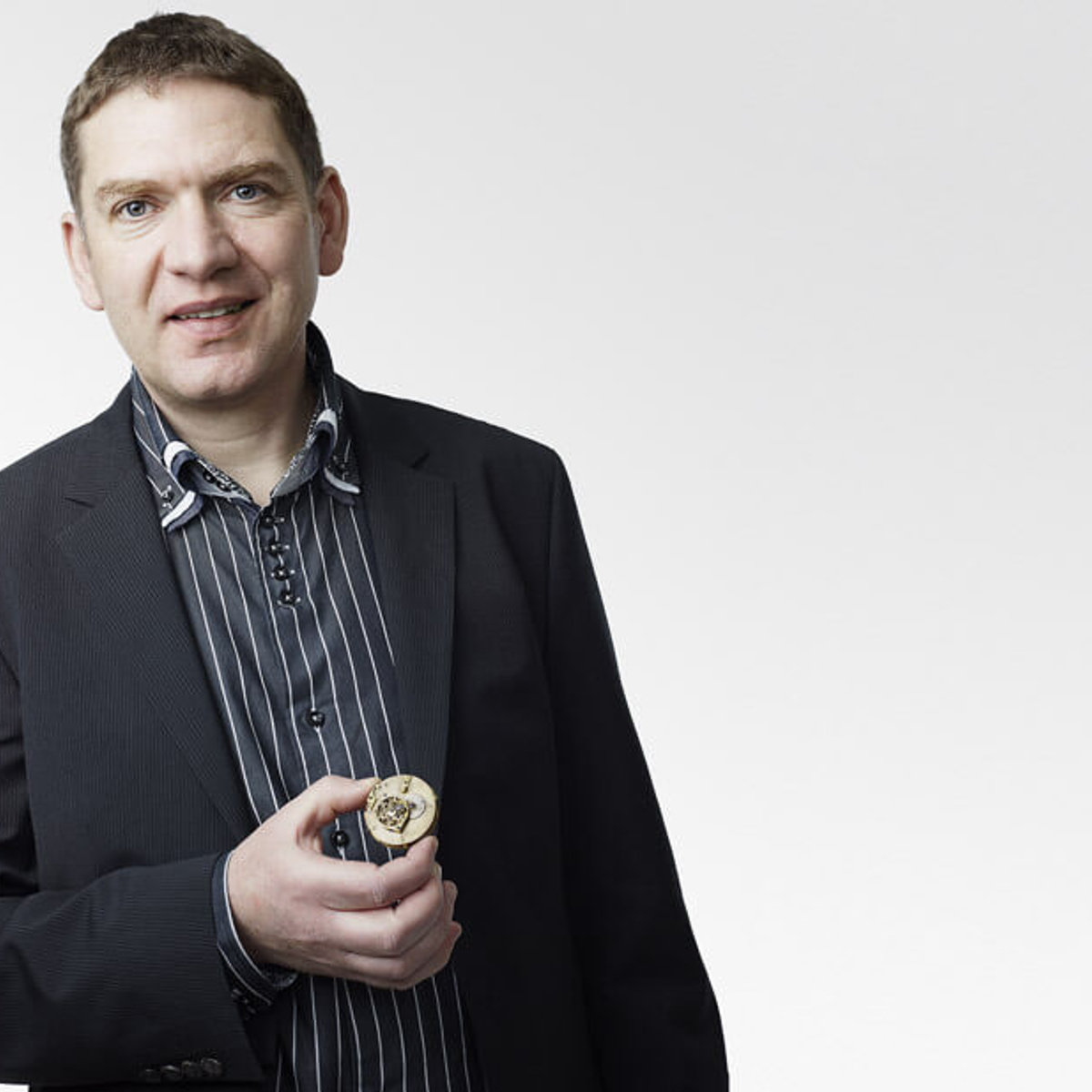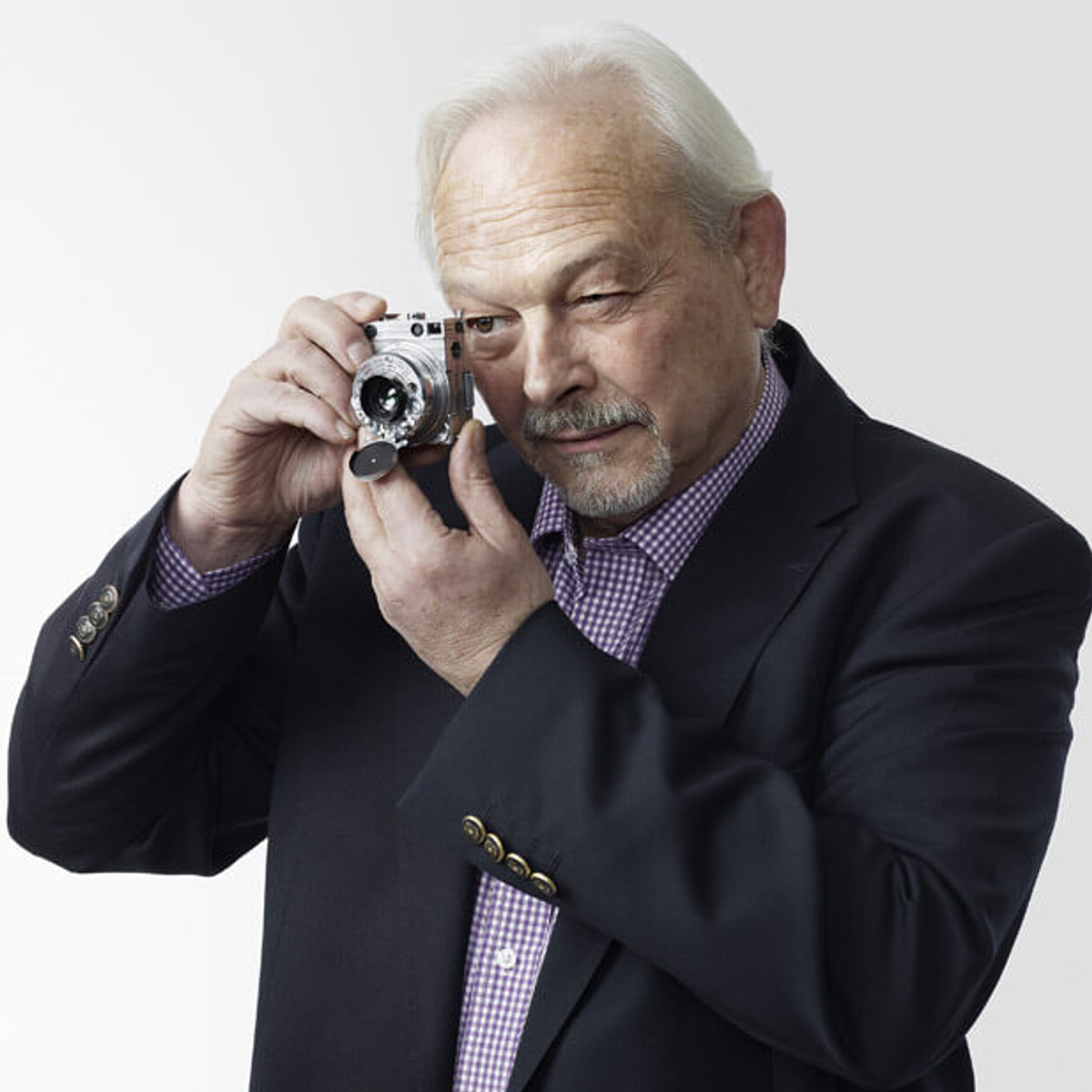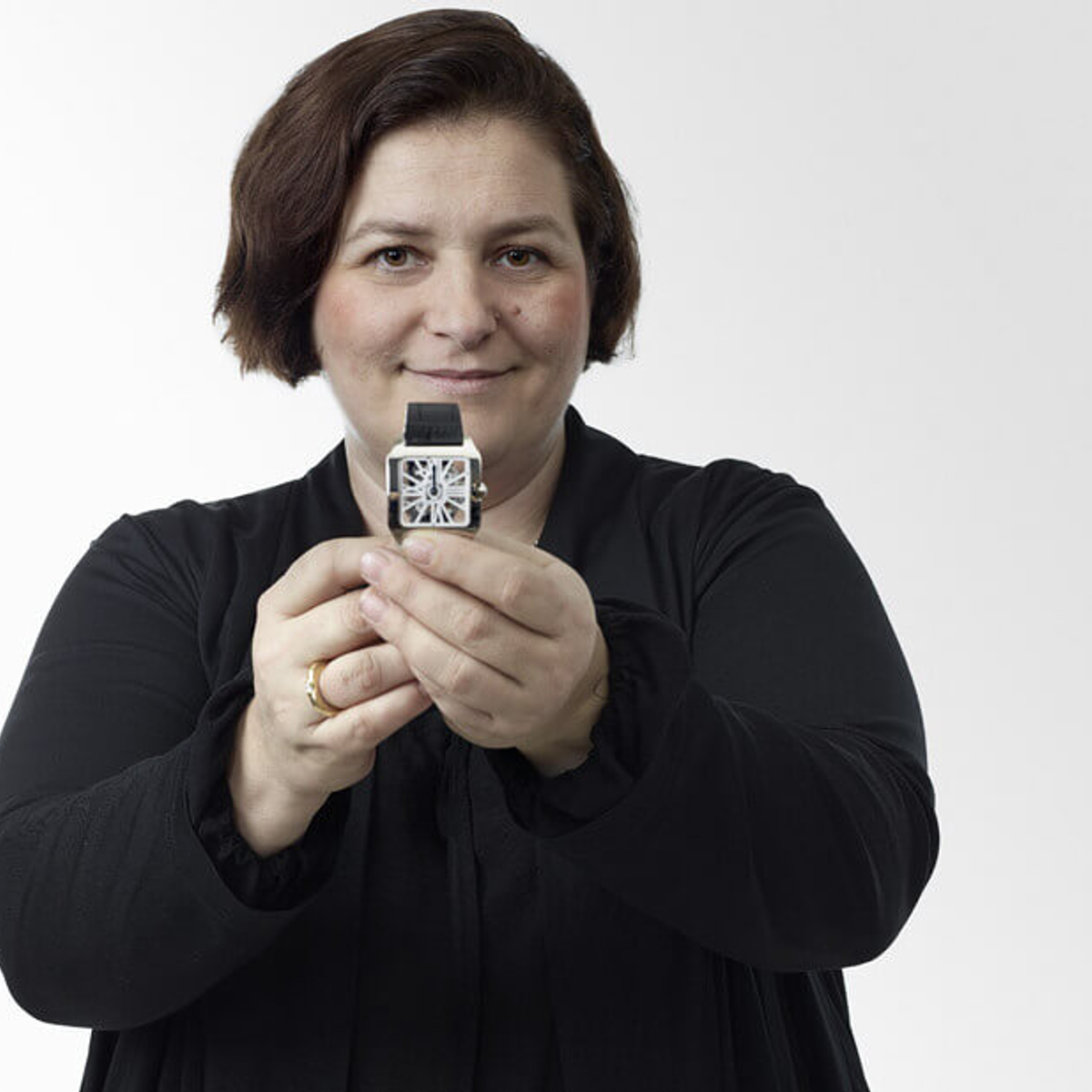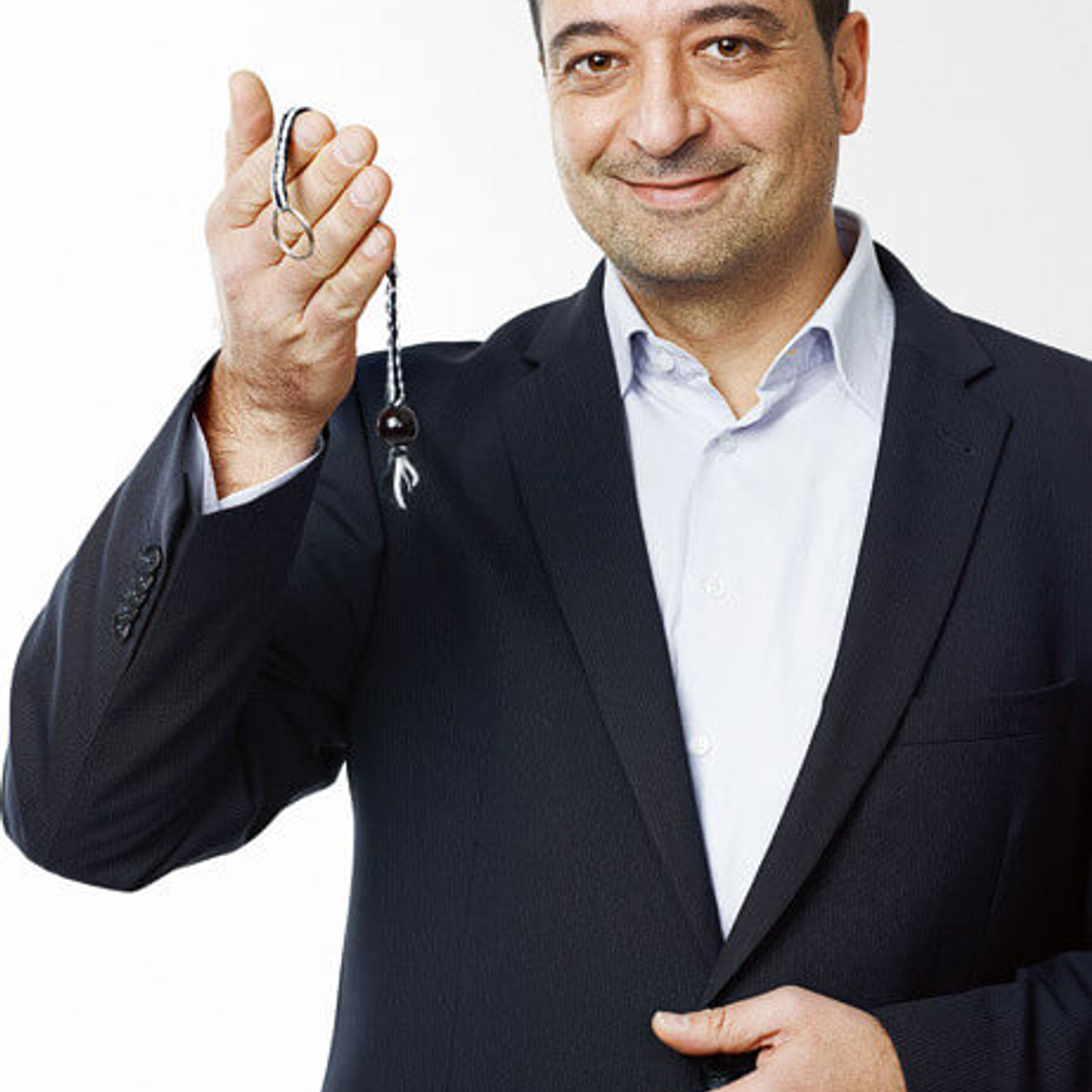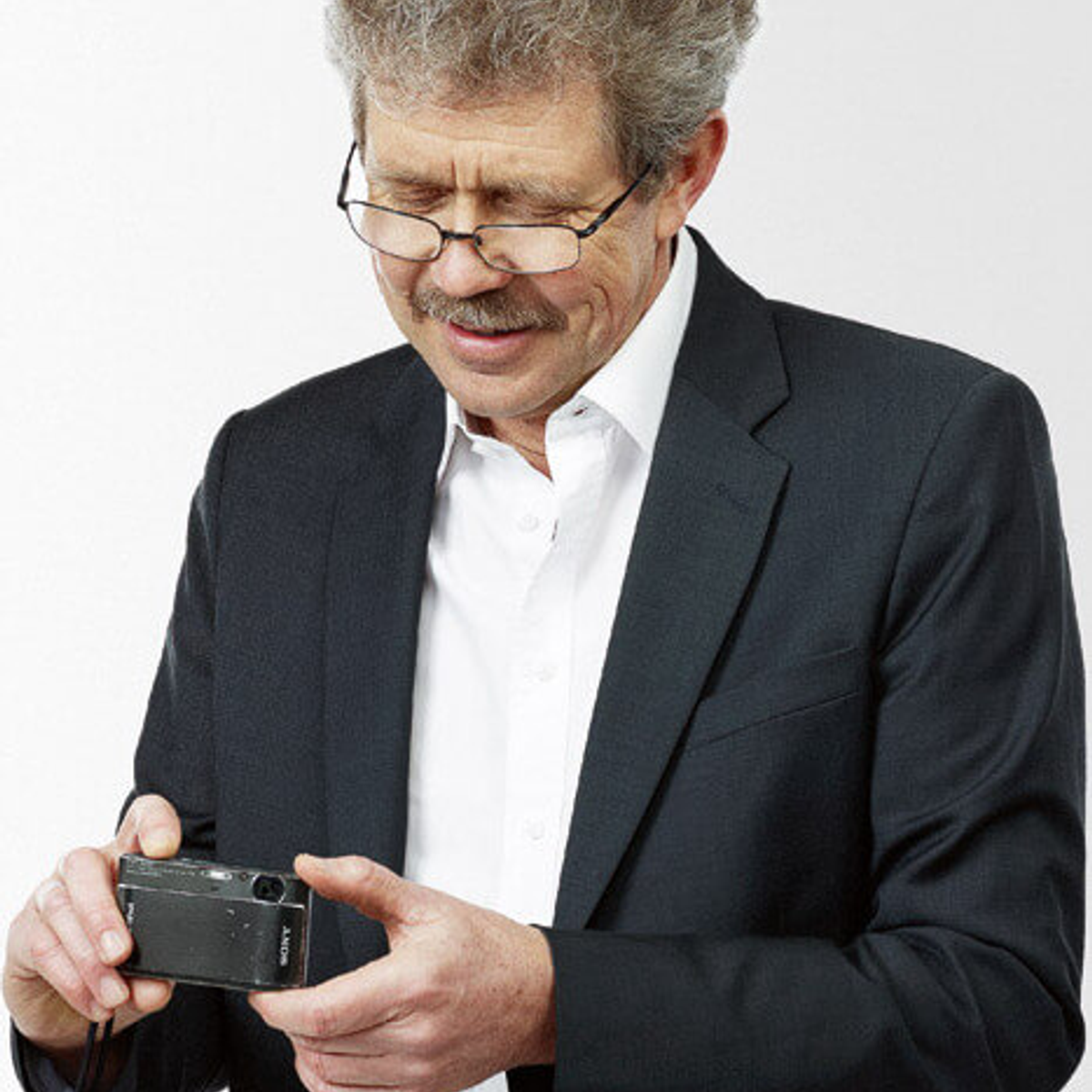Shooting star Mojon maintains an uncompromising, engineering approach to his movement designs and this is logical, for he not only studied watchmaking technology at the Technicum in Le Locle, but also mechanical engineering. “Technology in general fascinated me as a child,” he explains.
Five leading watchmakers of our day. Five leading watchmakers of our day. Five leading watchmakers of our day. Five leading watchmakers of our day. Five leading watchmakers of our day
Five leading watchmakers of our day. Five leading watchmakers of our day. Five leading watchmakers of our day. Five leading watchmakers of our day
Five leading watchmakers of our day
by Elizabeth Doerr
These five watchmakers are endowed with spirits of curiosity, technical supremacy and progressive thinking. They lead the mechanical industry by example: exploring theunknown while ensuring that stability and accuracy remain the prime elements of their creations. Meet five examples of horological brilliance as different as day and night—all bound to write their own chapters of watch history.
Jean-François Mojon
His career has been broad: starting out in electronics, he worked in quartz and LCD. He also worked in the aviation industry and for Omega for six years. In 1995, he acted on the desire to learn German and get really involved in the watch industry, so he sent an application to IWC, where he worked under Günter Blümlein and became the head of quality control. Seven years later, now head of development and direct successor to Kurt Klaus, he transferred to Richemont’s ValFleurier facility, though remaining true to his German-Swiss brand. In the year 2000 he developed the Caliber 5000, which can be seen as the start of a new generation of watches at the traditional Schaffhausen manufacture. In 2005, he was ready for a new adventure. “I had other ideas and couldn’t really realize them; it wasn’t IWC and they weren’t interested.”
He founded Chronode, which now employs 23 people. Chronode currently supplies ten clients, all of whom are of the same mind as that which serves as Mojon’s own inspiration: technology and an open mind. One of these clients is currently launching a high-profile mechanical timepiece that incorporates liquid into its time display: HYT. Other credits include the Harry Winston Opus X, De Grisogono’s Meccanico, participation in the MCT Sequential One, the Cyrus Klepcys (with two patents) and the time display of innovative mobile phone maker Celsius. Jean-François’ favourite object is an 18th century “chain-and-fusee” movement from his private collection, found online. “This reminds me that our wonderful activity is based primarily on the expertise of our predecessors and I want to honour them.”
Philippe Dufour
Dufour can well be considered the “grandfather” of independent watchmaking; it was his dissatisfaction with the watch industry’s status quo that prompted him to set out on his own, construct watches as he saw fit, and sell them directly to his clients.
Dufour, a humble man loathe to toot his own horn, has produced very few watches for established companies - the Audemars Piguet grand complication probably the only exception - and has not won many awards. In fact, he has only produced three watches under the “label” of his own name: Grande et Petite Sonnerie Répétition Minutes, Duality and Simplicity. It is more his unassailable quest for perfection, his inherent ability to inspire new generations (including Kenji Shiohara, founder of the Micro Artist division of Seiko) and his simple belief that one must educate the next generations that distinguish Dufour. For the last decades, he has unofficially shared the title of “greatest living watchmaker” with George Daniels, a man who only produced 37 watches during his lifetime - for all the same reasons. Since Daniels’ passing a few months ago, Dufour now wears the crown alone.
Philippe’s favourite object is a camera made by LeCoultre in the early 1930s. “It is just beautifully decorated, with côtes de Genève and engravings. I would love to use it, but unfortunately this film format disappeared after the war,” he says about the beautiful camera found at a flea market in Geneva.
Carole Forestier-Kasapi
Not only is she female, Forestier-Kasapi is also the one-woman force that has lifted Cartier to new heights. Cartier, quasi poster child for the luxury watch industry, is making the difficult transformation from being a purely mainstream watchmaker with purchased movements to offering the most luxurious and rare delicacies that the field has to offer by acquiring all the skill, knowledge and manufacturing facilities necessary to achieve this. And Cartier is doing it well— thanks in great part to its head watchmaker.
In a world dominated by men, this French, La Chaux-de-Fonds-trained watchmaker sets a shining example. At the tender age of 22, she was already designing movements alongside the technical director of a supplier company and was primarily responsible for developing Zenith’s Elite caliber. In the mid-1990s she joined Renaud et Papi and quickly became head of development. Her breakthrough arrived in 1998 when she won the Breguet Foundation award for innovation in mechanical watchmaking commemorating the 250th anniversary of A.L. Breguet’s birth. She had designed a watch whose movement was circumscribed by its mainspring. This idea became a central theme in Ulysse Nardin’s Freak, the company for whom Forestier-Kasapi was head watchmaker at the time. She entered Cartier’s movement development department in 1999 and is now responsible for the development and manufacture of the brand’s haute horlogerie movements.
Carole’s favourite object is a Santos Dumont Squelette that she made for Cartier’s Haute Horlogerie collection. The first wristwatch from 1904 was a Cartier Santos, and in this version it is combined with high horology and contemporary skeletonisation.
Giulio Papi
Born in 1956 in La Chaux-de-Fonds of Italian descent, Giulio Papi had watchmaking in his blood. After only two years at Audemars Piguet, Papi and Dominique Renaud struck out on their own in 1989, where their paths merged with Christophe Claret’s until 1992. In 1996, Renaud left the fold and Papi continued to grow his supplier business alone, eventually accepting Audemars Piguet as a major investor (now owning 78 percent).
Papi’s company is one of two major suppliers of minute repeaters - considered the most difficult horological complication - but more than that it has been Papi’s open, honest manner and business sense that have attracted superb talents as employees and interesting, innovatively-minded brands as clients. Audemars Piguet Renaud et Papi (APRP) is not only the technical powerhouse behind brands such as Richard Mille and projects such as the Harry Winston Opus 3. This company is also more or less a training ground for some of the most creative watchmakers of our time - such as Cartier’s Carole Forestier-Kasapi. “I am fortunate to be able to make a living from my hobby. It isn’t a job, but a passion,” he humbly ex-plains, “I am delighted to have always maintained a demanding, independent spirit.”
Giulo’s favourite object is a pendulum made by his youngest daughter. “A wall calendar made by her older sister was published on Worldtempus following an interview. She was very jelaous, it was not fair. So, for her it is a pendulum, for me it is a promise.”
Jean-Marc Wiederrecht
Certainly one of the most creative minds in watchmaking today, a little-known fact is that Wiederrecht held the now-expired joint patent for the modern retrograde complication together with Roger Dubuis — with whom he often col- laborated in the 1980s. Founding Agenhor in 1996, Wiederrecht works in an independent way for a number of brands by adding innovative complications such as perpetual calendars, retro- grades and jump hours to base movements.
His business is a custom one, and each client is intricately involved in the creation process. “People come to me with new ideas in their heads, and we are in charge of making them come true. The big difference between the others and us is that we don’t make standard movements, and after [working with us] the designers and the brands make the finished watches. We need a wish, an idea, a drawing from our clients, and we make the movements from the drawings,” He has participated in high-profile projects by MB&F, Harry Winston (Opus 9) and others, but is perhaps currently most strongly identi- fied with his playful timepieces for Hermès (Temps Suspendu) and Van Cleef & Arpels (Poetic Complications). Though his firm gener- ally adds complicated modules to existing base movements—making the impossible suddenly possible—he proudly introduced his first full in-house movement at the SIHH: Van Cleef & Arpels Poetic Wish.
When asked if he had ever thought of creating his own watch brand, business partner and wife Catherine jumped in to answer, “Jean-Marc has so much imagination. He couldn’t possibly use it for just one brand!”
Jean-Marc’s favourite object is a camera that he always carries with him. “It really helps me to remember important people, moments, objects, landscapes. It works like a data bank, very useful support to my poor memory!”

